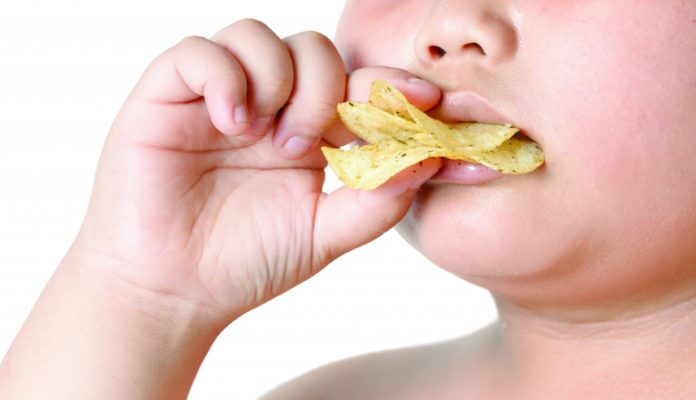Obesity and OA are two interconnected health issues influencing a substantial extent of the adult populace around the world, anyway contemplating causality in this association is difficult due to jumbling factors. To test the speculation that the relationship amongst obesity and OA is causal, scientists at the EULAR utilized a strategy know as ‘Mendelian randomization’, which utilizes genetic variations to research whether a biomarker affects the danger of developing a disease.
The outcomes of the study suggest that the adult body mass index (BMI) significantly increased the prevalence of self-reported OA, knee OA or hip OA by 2.7%, 1.3%, and 0.4% per unit (1 kg/m2) increase in BMI respectively.
Childhood BMI altogether expanded the commonness of self-reported OA, knee OA or hip OA by 1.7%, 0.6%, and 0.6% for each BMI unit separately. No affiliations were found between either adult or kid BMI and hand OA, which negates previous cohorts.
Specialists recommend this could be clarified by the effect of different confounding factors, for example, manual work or related socio-economic factors. At long last, no relationship was found with traumatic eye damage which was utilized as a part of the investigation as a negative control.
Professor Prieto-Alhambra, the senior study author said, “Our results suggest the effect of adult BMI seems to be stronger on knees, whilst childhood BMI might impact both knee and hip osteoarthritis risk similarly. “Interestingly our findings contradict previous studies that found an association between obesity and hand osteoarthritis.”
Scientists utilized information from two genome-wide association studies (GWAS) which recognized 15 and 97 particular gene changes, known as SNPs (single nucleotide polymorphism). They then used a separate GWAS of 337,000 unrelated individuals in the UK BioBank. Within this data, they identified 13/15 childhood obesity SNPs and 68/97 adulthood obesity SNPs and then analyzed the association between these SNPs and self-reported osteoarthritis, as well as hospital data for the knee, hip and hand osteoarthritis. Associations with negative controls (myopia, left-handedness, and traumatic eye injury) were all inexistent as expected.
The results of a study to be presented at the Annual European Congress of Rheumatology (EULAR 2018) suggest childhood and adult obesity increase the risk of developing hip osteoarthritis (OA) and knee OA but not hand OA.
